 Over the past several years, canine genetic tests have become commercially available and increasingly popular. There are many options on the market, all promising a variety of results and test types mostly centered on determining a mixed breed dog's likely breed background. While knowing what hodgepodge of breeds are in your pup's background is interesting (and sometimes hilarious!), some of these genetic tests can take the information a step further and identify important health conditions your pup may be carrying or predisposed to. We recommend the Royal Canin Genetic Health Analysis for this reason. In addition to using your dog's DNA to determine what breed(s) they are by comparing to genetic information for more than 250 different breeds, this test also tests for more than 130 genetic mutation and disease markers. These tests have given us so much more information our veterinarians can use to institute even more preventative health care measures to help them lead long, happy lives. While guessing the breed background is fun, the genetic health testing provides us solid medical information. We are now regularly recommending these tests for many pets, even purebred animals. For instance, we have recommended the test to the following patients:
– Any new sight hound/herding dog puppies or suspected mixes (e.g. Australian shepherds and collies) to check for the MDR-1 (multi-drug resistant gene) gene that may cause the patient to be intolerant to common medications like heartworm preventatives. -King Charles Cavalier puppies: to check for the presence of the dilated cardiomyopathy gene -Corgi and German shepherd puppies: to check for the presence of the degenerative myelopathy gene -Any pet owner interested in learning more about their pet’s background and genetic health predispositions If you’re interested in testing your pooch, schedule your pet's appointment here for a quick blood draw. Within 2-3 weeks, you’ll receive a detailed, comprehensive report analyzing your pet’s lineage and the results of their genetic disease testing!
1 Comment
All cat owners should have a cat carrier to safely transport their cat to and from the veterinarian, are many cat carriers on the market, we recommend a hard-shell carrier like this one.
Ideal features are:
Tips for Acclimating Your Cat to the Carrier:
Transporting Your Cat in the Carrier
The decision to enroll in pet insurance is up to the pet owner, and can be very personal depending on desired coverage and budget.
We strongly recommend pet insurance especially for high-maintenance breeds like Persians, Himalayan, and Sphynx. When considering pet insurance, it’s important to determine if your coverage is for simply treating problems when they arise or if it also offers preventative care coverage (like prophylactic dental cleanings and blood work screenings). You should be aware of reimbursement vs direct payment options, what the claim process entails, and what deductibles are a part of your pet’s plan. Trusted insurance companies are Trupanion, Nationwide and Embrace. If you have questions about pet insurance, please let us know! Cats are naturally very clean and chances are your kitten will already have learned how to use the litter box from her mother before joining your home. Here are a few do’s and don’ts to help make sure this is an easy transition for you both!
To start,
BEGINNING LITTER BOX TRAINING As a general rule, you should have one litter box more than the number of cats in the house. As an example, a two-cat household should have three litterboxes. This ensures everyone has access when they need it, plus gives cats a choice in location, type, etc. As soon as you bring your kitten home, show them where the litterboxes are located. Watch them closely, and be sure to put them in or near the box after meals if you see behaviors like sniffing around, crouching, or behaving like they need to go. LITTER BOX DOS AND DON’TS Do:
Don’t:
MAKING ADJUSTMENTS If your kitten won’t use the litter boxes provided, you may need to make them more appealing. Consider switching to another type of litter, providing litter boxes with lower sides, adding or removing covers to the boxes, moving them to quieter areas, discontinuing the use of deodorants, or cleaning them more frequently. Some kittens will stop using the litter boxes when they have a urinary infection, so please let us know if your kitten is exhibiting this behavior! Hopefully, these tips have helped get your kitten off to a great start. Remember, we’re always here for you and your four-legged family members, so if have any questions, don’t hesitate to call or email. To schedule your kitten’s next appointment, visit our online portal. VACCINATIONS
Many serious diseases can be prevented with vaccinations. With nearly 74 million pet cats in the United States, your pet is likely to come in contact with an infectious disease at some point in their life. Even if your cat is indoors, he or she can be exposed to viruses carried in the air, in dust, or on clothing. In addition, we can never completely rule out the possibility of a door being left open or a cat getting out of your home accidentally. Vaccination is a safe and inexpensive protection against costly, and some cases, deadly diseases. Our veterinarians follow the guidelines set by the American Association of Feline Practitioners, and will work with you to determine which vaccines are needed to protect your pet based on their lifestyle, risk assessment and other health conditions. Here are the diseases our vaccination protocols will protect your cat against: FELINE VIRAL RHINOTRACHEITIS (AKA Feline Herpesvirus-1) Feline herpesvirus is extremely contagious and infectious. It’s typically transmitted by bodily fluids (such as discharge from the nose or eyes) or by aerosolizing (like sneezing). Kittens with an incomplete immune system, or those who came from shelter environments with many cats around are at high risk for this disease. There is no cure for herpesvirus, leaving supportive care as the only option. Similar to herpes virus infections in humans, once a kitten is infected with a herpes virus, the virus will lay dormant throughout their lifetime until a cat is stressed and then clinical signs can flare up. Feline herpesvirus most commonly affects the eyes, the respiratory tract and the gastrointestinal tract. The most common clinical signs seen from feline herpesvirus include sneezing, runny eyes, pink eyelids, lethargy, fever, reluctance to eat, increased respiratory effort and dehydration. DISTEMPER (AKA Panleukopenia) Panleukopenia, also known as feline distemper, is an extremely contagious and deadly disease caused by a virus. The virus is spread through contact with an infected cat’s saliva, urine, blood, nasal discharge, or feces. There is no cure for panleukopenia and, without treatment, it has a high mortality rate. The most important fact to know about panleukopenia is, that it is preventable through vaccination. While cats of all ages can become infected with the distemper virus, kittens—especially those with a poor immune system or those who are unvaccinated—are at the greatest risk for this virus, which causes severe gastrointestinal symptoms. FELINE LEUKEMIA VIRUS Feline leukemia virus (FeLV) causes a highly contagious and potentially fatal retroviral infection that weakens a cat’s immune system, making her susceptible to illness and secondary infection. Feline leukemia is a very common disease. It is often called the “friendly cat” disease as it is commonly spread from cat to cat through casual contact, such as grooming or sharing food or water. Feline leukemia virus and feline immunodeficiency virus (FIV) are among the most common infectious diseases in cats. Cats and kittens with feline leukemia do not always appear sick! In the early stages of the disease, most cats show few signs; the only way to know for sure if they are infected is through a simple blood test. As the disease advances, the following symptoms may occur: weight loss, appetite loss, lethargy, pale gums, bad breath and oral disease, runny eyes and nose, and vomiting. We recommend vaccinating all kittens for feline leukemia so they have an initial foundation of protection. However, we will determine future vaccinations based on your cat’s lifestyle and if they go outdoors after their first year. RABIES Always fatal, rabies is a viral infection that affects your pet’s brain and central nervous system (CNS). Primarily spread through the bite of infected animals such as foxes, raccoons, bats, and skunks, rabies is a zoonotic infection that can affect all mammals, meaning it can be transmitted to humans. For this reason, rabies vaccination is required by law for all dogs and cats. Our veterinarians will work with you to determine what vaccines and preventative care schedule is best for your kitten, based on their age, breed and lifestyle. In general, our hospital follows the American Animal Hospital Association (AAHA)’s most recent vaccination guidelines as well as those provided by the American Association of Feline Practitioners o help provide a solid foundation for your kitten’s preventative healthcare. The following chart outlines our general recommendations for feline patients.
Download our preventative care schedule here! If you have any questions or concerns regarding vaccines, diet, behavior or preventatives (heartworm, flea, tick, and intestinal parasites), please don’t hesitate to ask a veterinarian or staff member. Your new kitten is full of cuddles, play, and adorableness….but based on their history, exposure prior to adoption, and their momma cat’s health, they may also be carrying parasites. Our job is to keep your kitten as healthy as possible, but we also want to protect your family (two- and four- legged) from parasites and the symptoms they can cause.
Dogs and cats can become hosts to many intestinal parasites, some of which can cause serious symptoms and/or be transmitted to people. For this reason, we follow the CDC’s recommendation to deworm all new patients. We also recommend that all kittens have at least TWO negative fecal examinations over the course of their preventative care cycle to ensure that they are parasite free and none have been missed. Finally, we recommend monthly heartworm preventatives YEAR-ROUND, as these preventatives also contain ingredients to prevent intestinal parasites like roundworms, hookworms, and in some cases, whipworms and tapeworms. Below is a brief description of the common intestinal parasites we encounter in practice and will check your pet for with their routine fecal examinations: ROUNDWORMS Roundworm infections are spread to kittens from their mother while nursing. Roundworms that are dormant in mother cats are activated by the hormones of pregnancy and the immature larvae enter the kittens during nursing. Since these worms are not yet reproducing, tests of stool samples will be negative early on. It is safest to assume that your kitten has been infected so regardless, our veterinarians will administer an oral dewormer multiple times during their first few visits. It is still recommended that you have your kitten’s poop tested for eggs 2-4 times during the first year of her life. HOOKWORMS Hookworms are the second most common intestinal parasites found in dogs, and they are less commonly found in cats. Your pet can become infected when larvae get into the animal’s skin or the lining of the mouth, which may happen if your pet eats or rolls around in infected feces, for example. Cleaning up any animal poop immediately can help prevent the spread of hookworms, and some heartworm preventatives are also effective against other parasites like hookworms. Once inside an animal, hookworms actually bite into the intestinal lining and suck blood, and infections can result in potentially life-threatening blood loss, weakness, and malnutrition. Plus, hookworm infections are zoonotic, and can be passed to people. In humans, the larvae produce severe itching and tunnel-like, red areas as they move through the skin and can cause intestinal problems if eaten. TAPEWORMS It is common for kittens to be infested with fleas. Fleas can be the intermediate host or method of transmission for tapeworms. Tapeworms are difficult to detect on routine laboratory evaluation, but fortunately they are easy to see in and on the stools or around the kitten’s rectum. They resemble a grain of rice. All of these parasites can impact your kitten and the best way to handle this risk is having your veterinarian deworm the kitten and test her regularly. GIARDIA Giardia is a microscopic, protozoan parasite (but not a worm!) that causes inflammation of the intestinal tract and subsequent diarrhea that can be very serious for both pets and people. It has been referred to as backpackers’ disease because of the risk of exposure when hiking. Giardia is transmitted by oral ingestion of water or food that has been contaminated by stools of infected people and animals. Acute infection after exposure can last from 1-2 weeks. The clinical signs of Giardia in animals and people are very similar and may include: · Diarrhea · Gas · Greasy stools that tend to float · Stomach or abdominal cramps · Upset stomach or nausea/vomiting · Dehydration (loss of fluids) and weight loss COCCIDIA Some intestinal parasites, like coccidia, are very tiny microscopic organisms. Cats become infected with coccidia if they eat the eggs in their environment or if they eat infected, smaller-prey animals. Surveys indicate that up to 36% of cats in North America have coccidia infections and that young animals are more likely to be infected and symptomatic, according to the Companion Animal Parasite Council. Given how common infections are along with the fact that some animals are asymptomatic even when they are shedding, if your kitten is sick and your veterinarian sees coccidia oocysts on a fecal test, they will still have to decide if the coccidia is the cause of the illness or just an incidental finding. If treatment is required, there are many oral medications that your veterinarian can prescribe for your cat. While this information can be a little on the gross side, it’s important to keep your cat healthy and parasite free. Using preventatives and checking fecal samples regularly can prevent unwanted symptoms, diseases, and spread to other pets and their people. Call us today to book an appointment or to speak with one of our team members for more information about your cat’s parasite protection. All cats in the St. Louis area are at risk for fleas, especially if they go outside or live in homes with dogs.
Fleas can not only cause extreme itching and skin disease in your pets, but they can also carry tapeworms (intestinal parasites). Pets can bring fleas into your home, causing problems for your entire household! You can read more about those pesky free loaders here. Ticks can also carry serious diseases in pets and people, including Ehrlichia, Lyme disease and Anaplasmosis. Again, pets can carry ticks into your home, where they could re-attach to people, so prevention is best for everyone! For more information about ticks and diseases they may carry, visit this link. We offer several flea and tick preventatives to keep your pet covered year round. All new kittens are sent home with a complimentary dose of Revolution Plus, a once-monthly, topical product that protects cats against fleas, ticks, heartworm disease, ear mites, roundworms and hookworms. Can’t make it into the clinic to pick up your preventatives? All of our preventatives can also be found on our online pharmacy and shipped directly to your door! Trimming your cat’s nails regularly can help prevent injury to you, other pets and the kittens themselves, not to mention damage to your furniture! Here are our tips to get off to a good start with nail trimming at home. We’re always here for you and your cat if you need a demonstration or lesson in person, or simply don’t want to do this at home.
Nail Trimmers Make sure you have proper feline nail trimmers so your cat’s nails don’t splinter. We like these. Frequency The frequency of nail trimming depends on your kitten’s lifestyle, but in general, shooting for twice monthly is a good timeframe. This will help your kitten get used to nail trims and also keep them from getting too long and sharp. Starting nail trims as soon as 6-8 weeks of age is recommended to get them used to the procedure, even if you’re only able to do one paw at a time. The Nail Trim Itself Start slow, offer breaks, and give them a high value treat with every nail trim: think feline greenies or other treats or canned cat food. Ideally fine a treat that they will ONLY get with their nail trim. Provide a calm environment and positive reinforcement. Nail trims are often best done with two people- one person holding the cat and providing treats, and the other trimming the nails. Elevating the cat onto a counter or table can make it easier for everyone, as does providing a yoga mat or towel to give the kitten a surface with good traction. Alternatively, you can try holding the kitten in your lap for the procedure. Gently squeeze the kitten’s toe between the thumb and forefinger to expose their claw. Most cats have a light-colored claw, and you can see the blood vessels and nerves that supply the nail as the pink part at the base of the nail (this is called the quick). Only clip the white part of the nail and leave a few mm between this and the start of the quick. Neutering your kitten is a common surgical procedure which involves removing the testicles. The procedure, performed under general anesthesia, is recommended for all males and is ideally performed at four to five months of age, based on the 2016 guidelines set forth by the AVMA, the Winn Feline Foundation and the Veterinary Task Force for Feline Sterilization. This is an outpatient procedure and our patients are discharged the same afternoon.
Benefits of neutering include greatly reducing the risk of testicular cancer, avoiding marking and behavioral issues related to hormone cycling, minimizing reproductive tract diseases, and reducing pet over-population. Overall, this procedure will greatly improve your pet’s quality of life. At City Paws Veterinary Clinic, we take great care in our surgical preparation and monitoring. All patients are required to have a thorough physical exam, complete blood count, and chemistry organ function profile prior to general anesthesia. After these screening tests, a custom protocol is created for each patient, involving sedatives, gas anesthesia, anti-nausea medication, and pain management. Monitoring equipment is used to evaluate heart rate/rhythm, blood pressure, temperature, carbon dioxide levels, and oxygen levels throughout the length of the procedure. IV fluids are also used to improve anesthetic recovery. Our hospital has a state-of-the art surgical suite and utilizes the highest standards in sterilization, significantly decreasing the risk of bleeding and infection. Most patients recover from anesthesia within 24 hours. However, we recommend restricting activity for at least 1 week after surgery in order to ensure appropriate healing. Post-operative pain medication is considered standard and is used after each procedure to ensure your pet is comfortable during their recovery period. It is our pleasure answering any questions you may have regarding the procedures performed at City Paws Veterinary Clinic. Please don’t hesitate to contact us by phone, email, or appointment with any concerns. |


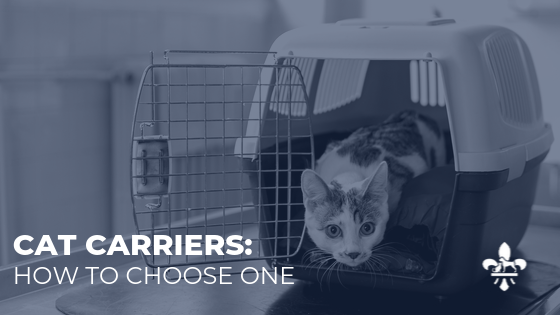
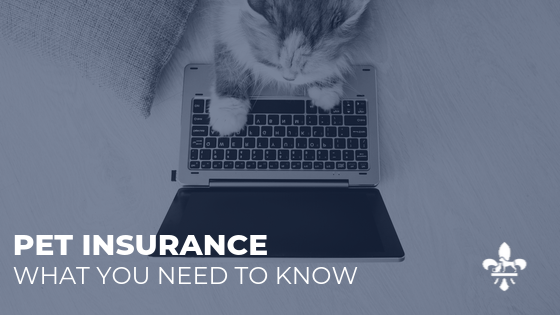

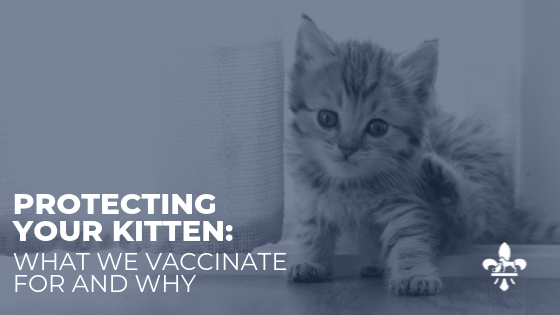
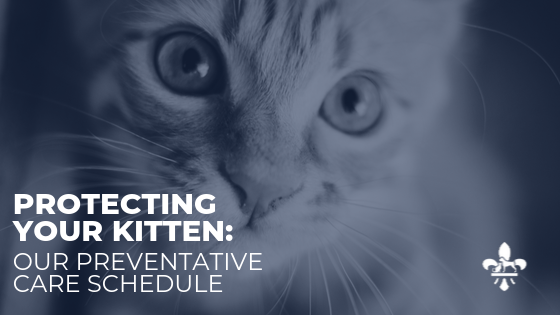
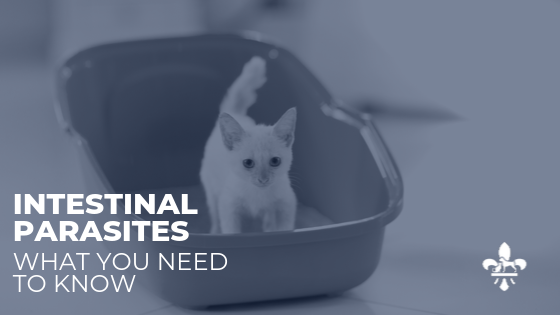
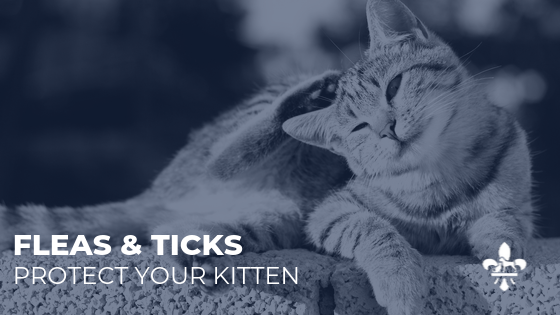
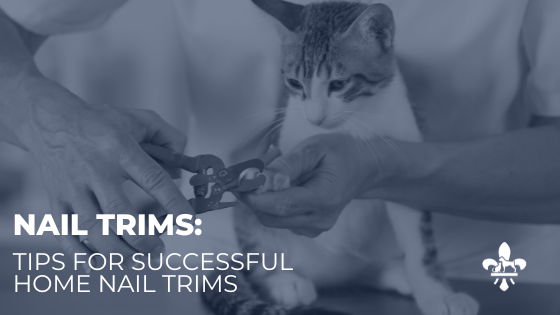
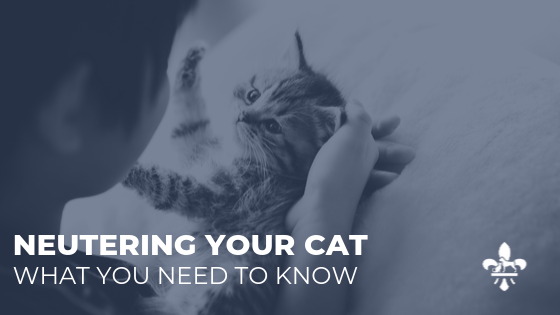
 RSS Feed
RSS Feed